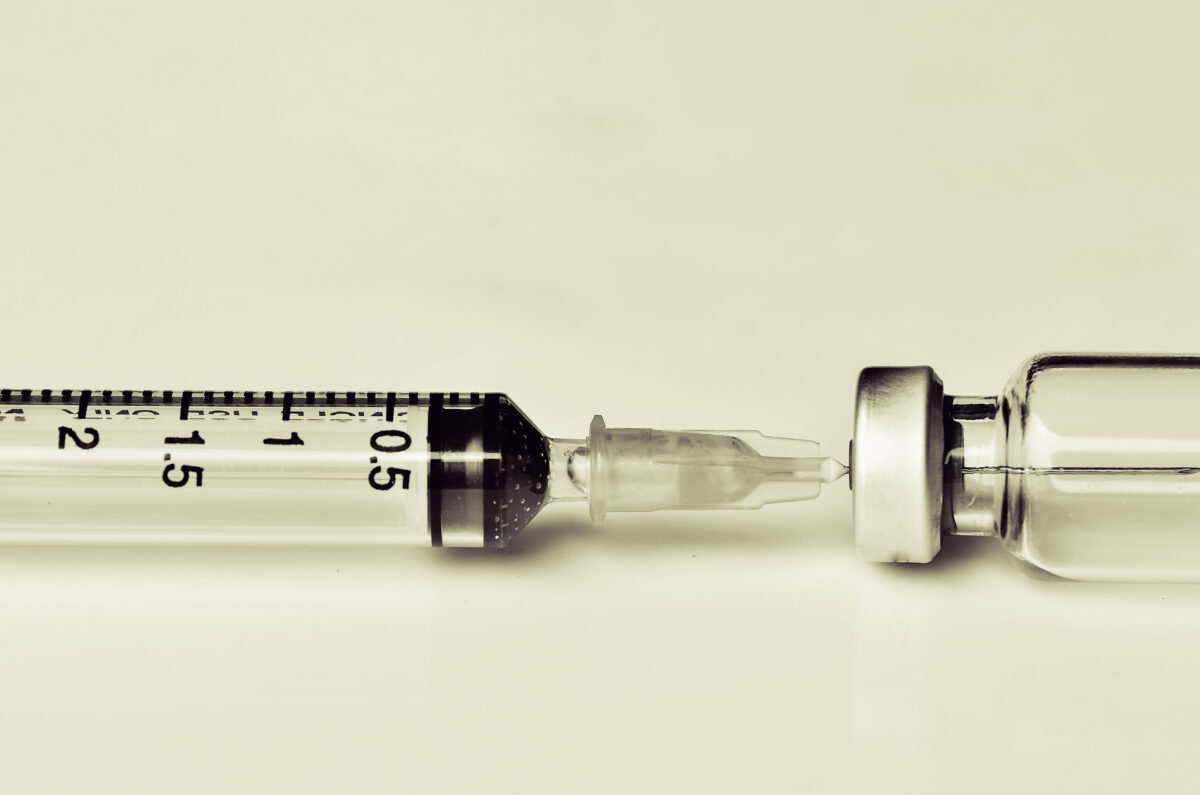Market Overview: Injectable Anesthesia

General anesthesia medications are split into two main categories, based on route of administration: injectable or inhaled.1 Injectable anesthetics can be administered directly to a vein (i.e., intravenously) for either general or local anesthesia.2 As opposed to inhaled anesthetics, which are used for long procedures, injectable anesthesia is preferred for local administration and/or short surgeries, such as childbirth and dental procedures.1 Researchers have been exploring the differences between inhaled and injected anesthetics,3 as well as the efficacy and side effects of various types of injectable anesthesia,4 for over 30 years. Many recent studies focus on the injectable anesthesia market and its potential for growth.1
The global injectable anesthesia market has seen moderate growth between 2013 and 2017.5 The market can be segmented on the basis of product type, usability, application, end user, region and key players.1 By product type, the global injectable anesthesia market can be split into general or local anesthetics.1 The most standard and highly-studied6,7 injectable anesthesia drug is thiopental, which is a barbiturate with generalized sedative effects.8 Other general injectable anesthetics include alpha-2 adrenergic receptor agonists9 and benzodiazepines, used for sedation.10 Local injectable anesthetics, such as those used in dental procedures, include lidocaine, mepivacaine, articaine, prilocaine and bupivacaine.11 Based on application, the market can be segmented into various types of surgeries, such as plastic, cosmetic, general, dental, gynecological and others.5 By end user, the global injectable anesthesia market can be segmented into hospitals, clinics, ambulatory surgical centers and other health centers.5 Market regions include North America, Latin America, Europe, Asia Pacific (excluding Japan), Japan and the Middle East and Africa (MEA).5 Key market players are Abbott, Baxter, F. Hoffmann-La Roche, AstraZeneca, B. Braun Melsungen, AbbVie, Fresenius, Eisai, Boehringer Ingelheim International, Hikma Pharmaceuticals, Teva Pharmaceuticals, Novartis, Sagent Pharmaceutical, Nichi-Iko Pharmaceutical, Mylan and Par Pharmaceutical.5
The global injectable anesthesia market shows high potential for growth until 2028.1 For one, changes to safety regulations made by the government and health associations are expected to boost market growth.1 Additionally, injectable anesthesia is highly preferred for dental procedures, and an expected increase in total annual dental procedures will allow for greater use of injectable anesthetics.1 An increase in accident rates and emergency surgeries worldwide, and thus rising use and popularity of ambulatory surgical centers, may also contribute to the growth of the injectable anesthesia market.1 Furthermore, a rapid rise in the aging population and increasing prevalence of respiratory and cardiovascular diseases may heighten demand for injectable anesthesia.1 Finally, an expected increase in the number of local manufacturers of injectable anesthetics could also cause market growth.1 Meanwhile, side effects such as elevated heart rate and blood pressure, respiratory depression, amnesia and hallucinations; low compliance with injectable anesthesia drugs; mortality associated with injectable anesthetics; and regulatory issues are expected to impede market growth.1 Meanwhile, the United States’ injectable anesthesia market—within the North American segment—is expected to see growth due to increases in the number of surgical procedures and local manufacturers.1 Research also predicts that the markets in Asia Pacific and Europe will grow significantly over the forecast period due to a boost in healthcare spending and increased prevalence of respiratory and cardiovascular diseases.1 On the other hand, the injectable anesthesia market in the MEA region is expected to show only moderate growth until 2028, given the relatively lower per capita income, less affordability of injectable anesthetics and worse healthcare infrastructure.1
The injectable anesthetics market has the potential to show ample growth until 2028. Given the variety in product types and applications, as well as the widespread use across regions, injectable anesthesia has become ubiquitous. An increased use of injectable anesthetics for dental procedures and in ambulatory surgical centers is expected to boost market growth, and markets in North America, Asia Pacific and Europe are predicted to benefit most from this expansion.1,5 Factors such as the demand for surgeries, risks associated with injectable anesthesia, numbers of local manufacturers and general healthcare infrastructure may be related to performance of the global injectable anesthesia market over the next nine years.
1. PMR Research. Injectable Anesthesia Market To Hold A High Potential For Growth By 2018–2028. Web: Zebvo; September 26, 2019.
2. Jin JF, Zhu LL, Chen M, et al. The optimal choice of medication administration route regarding intravenous, intramuscular, and subcutaneous injection. Patient Preference and Adherence. 2015;9:923–942.
3. Ortiz AC, Atallah ÁN, Matos D, da Silva EM. Intravenous versus inhalational anaesthesia for paediatric outpatient surgery. Cochrane Database of Systematic Reviews. 2014(2).
4. Bassil A, Jabbour-Khoury S, Baraka A. Propofol versus thiopentone for induction of anesthesia in patients undergoing outpatient surgery. Middle East journal of anaesthesiology. 1989;10(3):307–314.
5. Persistence Market Research. Injectable anesthesia market: Global industry trend analysis 2013 to 2017 and forecast 2018 to 2028. 2019.
6. Jung D, Mayersohn M, Perrier D, Calkins J, Saunders R. Thiopental disposition as a function of age in female patients undergoing surgery. Anesthesiology. 1982;56(4):263–268.
7. Jung D, Mayersohn M, Perrier D, Calkins J, Saunders R. Thiopental disposition in lean and obese patients undergoing surgery. Anesthesiology. 1982;56(4):269–274.
8. Université de Lausanne. Thiopental pharmacokinetics. 2019.
9. Giovannitti JA, Jr., Thoms SM, Crawford JJ. Alpha-2 adrenergic receptor agonists: A review of current clinical applications. Anesthesia progress. 2015;62(1):31–39.
10. Burnett M. Benzodiazepines. In: Freeman B, Berger J, eds. Anesthesiology Core Review: McGraw-Hill Education; 2014.
11. Schwartz S. Injectable Local Anesthetic Agents. Local Anesthesia in Pediatric Dentistry 2019.